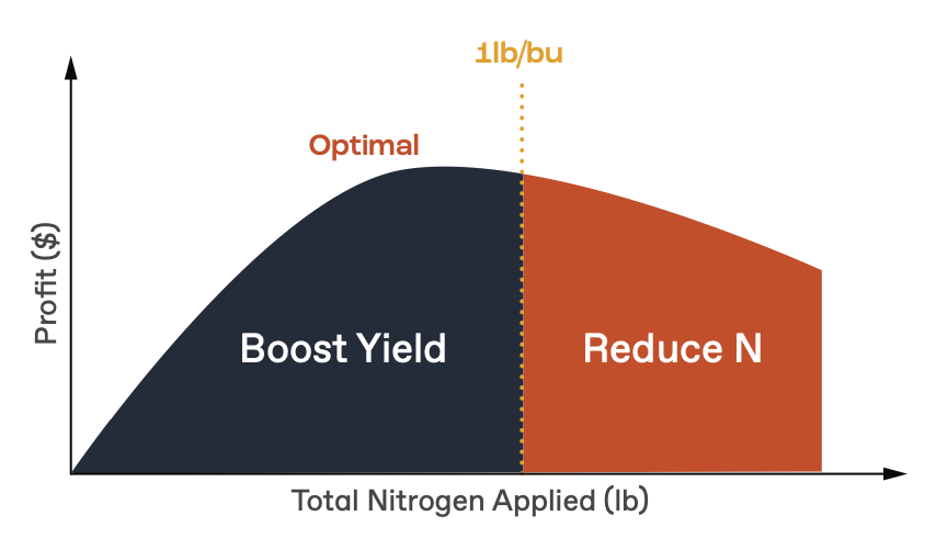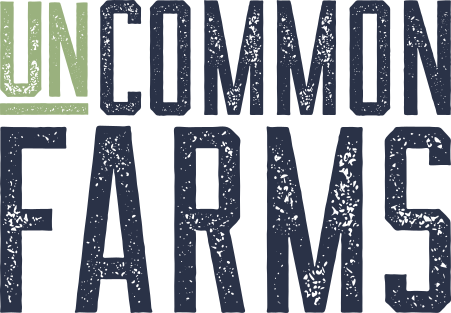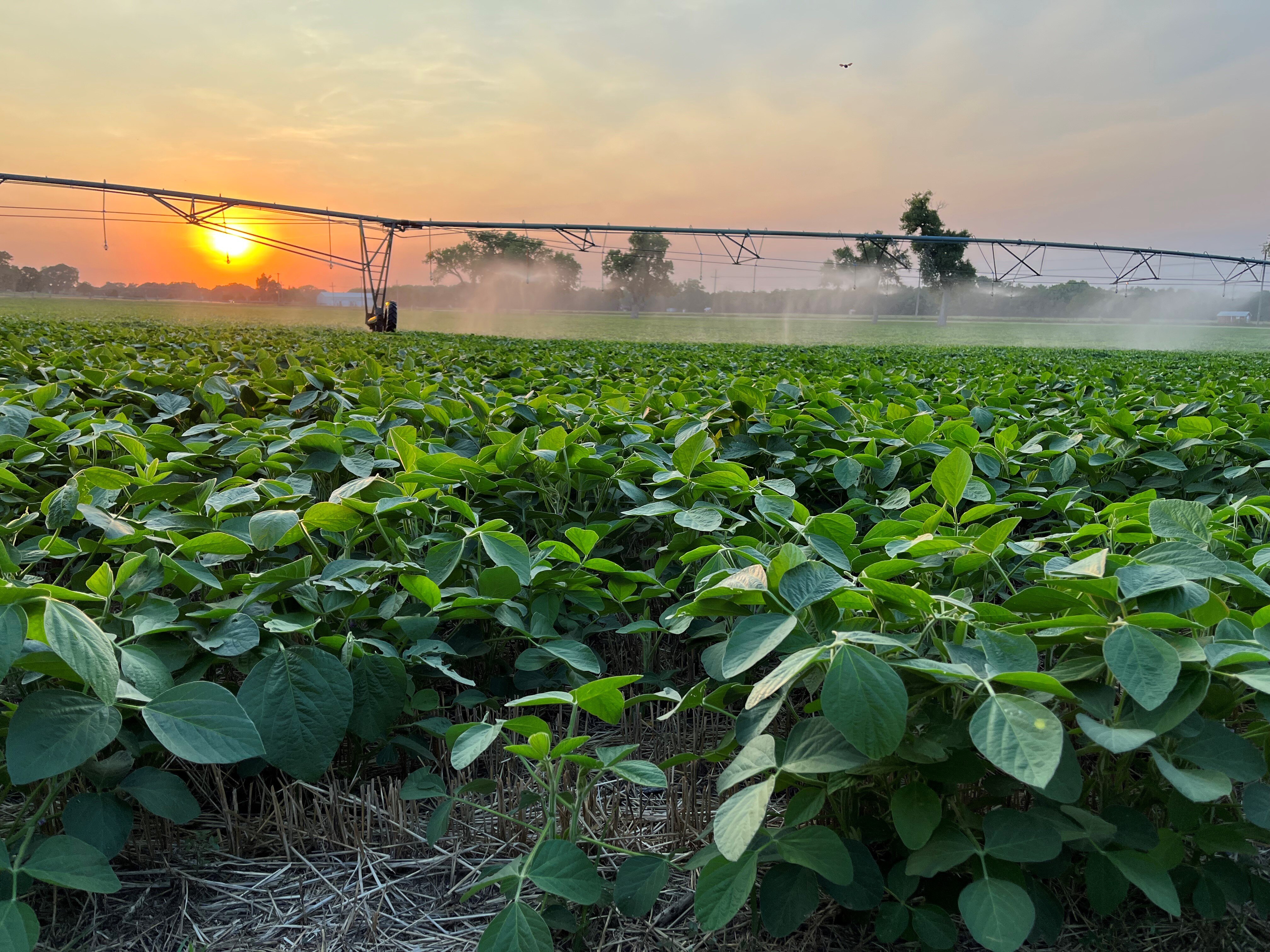Now’s the time when many growers are thinking about their fertilizer plan for 2023, especially if it includes a fall application.
When SOURCE is a part of your plan, you’re providing your crops with 25 - 50 lbs of nitrogen and unlocking tied-up phosphorus. The nutrients are delivered by soil microbes in the root zone, during the season, so it’s optimized for improving yield and crop health. When crops receive nutrients at the time of demand, more nutrients are taken in by the plant. This helps your input dollars go farther by minimizing losses that might occur over the winter and spring. That’s why growers across the country saw healthier, greener crops with higher yields this season thanks to the in-season nitrogen and phosphorus delivered by SOURCE.
Optimize Your Nutrient Use Efficiency
Many growers shoot for about 1 unit of nitrogen per bushel of corn yield - what we call a Nutrient Use Efficiency score of 1.0. If you apply that amount of nitrogen or more, there’s a good chance that nitrogen is not the limiting factor on your crop yield. If that’s the case, consider optimizing your nitrogen efficiency to achieve the best results and put more $ in your pocket!
If your NUE score is 1.0 or higher, customers see the best ROI for SOURCE when they reduce at least 20 lbs of synthetic nitrogen while adding SOURCE in-season. At today’s nitrogen prices, that reduction pays for SOURCE and then some. Additionally, you stand to gain a significant increase in plant health, vigor and yield in a majority of the cases. Check out our website for more details on 3rd party studies by Beck’s and Precision Planting® showing the power of SOURCE to optimize nitrogen.
Using SOURCE For Optimal Farm ROI

Reduce N inputs along with applying SOURCE if you apply 1.0+ lb/bu N
Every operation is different. Agronomic factors such as a crop rotation, percent organic matter, drainage and soil texture can lead to more or less nitrogen in your soil, so reach out to a Sound agronomist today to discuss the best way to use SOURCE on your operation.
To learn more, join us for one of our upcoming webinars. We’ll review what SOURCE is, how it works, and what makes it different from other products on the market. On top of that, we’ll share an early look at how SOURCE performed on trials and customer farms and what we have learned around placement.

.png)
.png)
